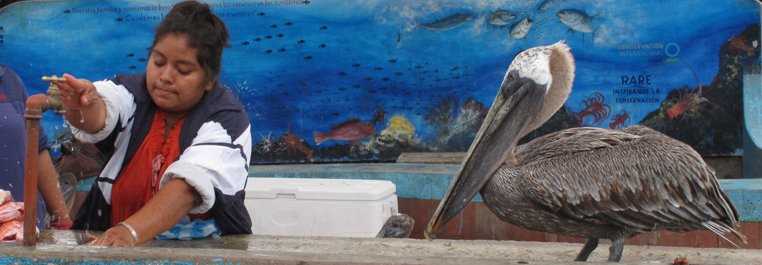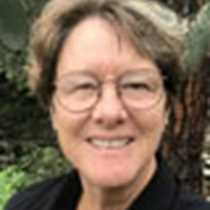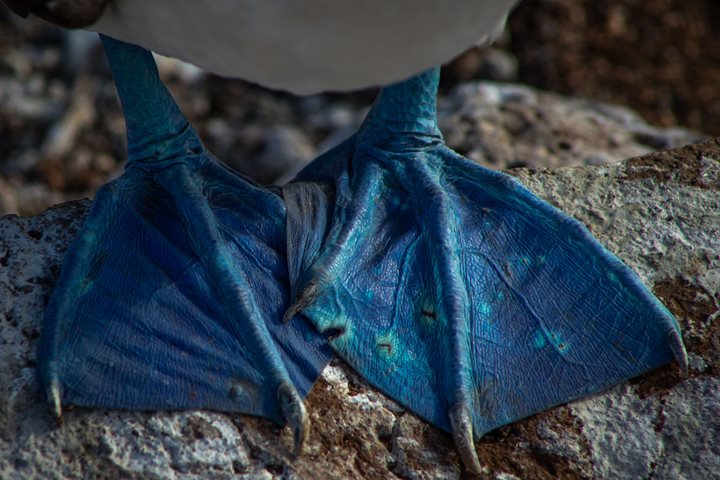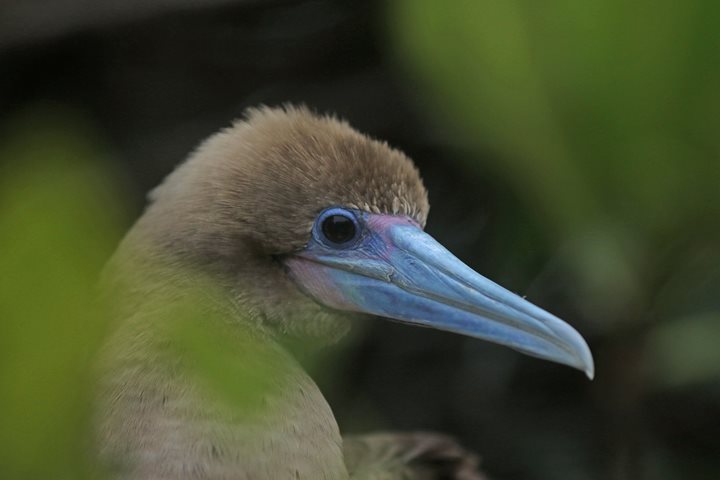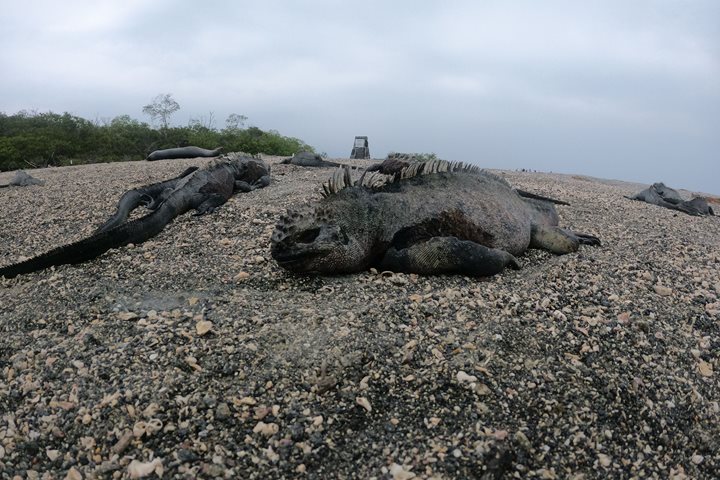When the anchor dropped this morning, we found ourselves in Academy Bay, off shore of the port town of Puerto Ayora, the largest town in the archipelago. Because of its central location and close proximity to the first airport built in the islands, it has become a thriving community with a lot of bustle and movement; it is also where the headquarters of the Galapagos National Park service is located, and where the Charles Darwin Foundation built the research station that carries its name.
We came to see tortoises, giant ones. And so we did, first thing in the morning after breakfast. The Zodiacs took us into the dock where we walked a few hundred yards to the “Fausto Llerena Tortoise Rearing Center,” named after the park warden who has cared for these creatures from the first day some were brought in to be saved from extinction. Now we can breathe a sigh of relief, because after several decades of hard work, all of the populations have been brought back from the brink, but by no means are they out of danger. The on-going work of the scientists and park personnel is to continue reducing the dangers to their populations and attempt to stem the tide of introduced species that arrive by air and sea. Nowadays it is the small creatures that we have to out for, for the large introduced mammals are well under control.
There was some free time in town afterwards to cruise the shops and people watch – including the controlled chaos that is the fisherman’s wharf. The daily catch is brought in, filleted, and sold – with the feathered and flippered residents also keeping a close eye on the scraps that might come their way.
We had quite a time in a highland sugar mill operated by two generations of the Cabrera family. They still live in a simple manner, and showed us the sugar-cane press used to extract juice, later made into brown cane sugar, molasses and…liquor! Of course we had to taste the final product, and so arrived happy at the restaurant even higher up the volcano where we had lunch.
We weren’t finished with tortoises, however, because after lunch we had another stop to make where some of the largest individuals were grazing the grasses and low vegetation. Wandering around, there were several dozen of varying sizes, including some in a mud pool nearby. It was easy to pick your own tortoise and spend time with it; they had all the time in the world to spend in conversation and/or communion with us.
Lava tubes are found throughout the island of Santa Cruz, and this area was no exception. The angle of repose is ideal for the formation of these large tubes, left behind when the molten lava runs out the end. The outer layer of the stream of lava cools first, and if the flow is not too fast, nor too slow, a hollow cylinder is left behind. Sometimes the ceilings collapse over the millennia, and are later discovered by the curious humans wandering the area…and so explored, to our delight.
The day wasn’t finished when we returned on board, however. Before dinner we had an invited guest, Dr. Felipe Cruz, on board from the Charles Darwin Foundation to speak on the foundation’s activities and role in Galapagos. And then to top it off – on came some talented town musicians for a little after-dinner music and dancing!
What a different, and extraordinary, day.

